This Australia Travel Guide aims to provide you with simple and stress-free travel planning information and inspiration for planning a trip to Australia.
On this regularly updated page you will find links to useful posts on The Trusted Traveller, budget information, details on types of accommodation available, information on getting around the country and more useful links to resources around the web.
Quick Facts
Capital: Canberra
Language: English
Currency: $ Australian Dollars which is made up of 100 cents. Coins come in 5c, 10c, 20c, 50c, $1 and $2 denominations and notes in $5, $10, $20, $50 and $100 denominations.
Electricity: 230 volts AC, 50Hz. Plugs with two or three flat pins are standard. Outlets for 110 volts for small appliances can be found in most hotels.
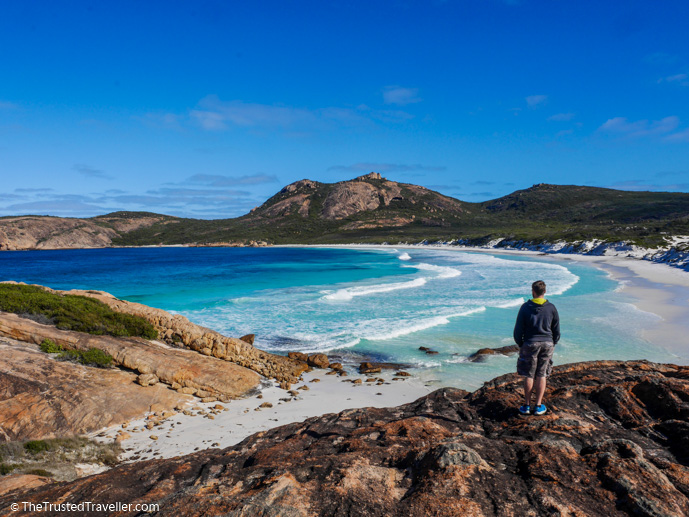
Travel Tips
Geography
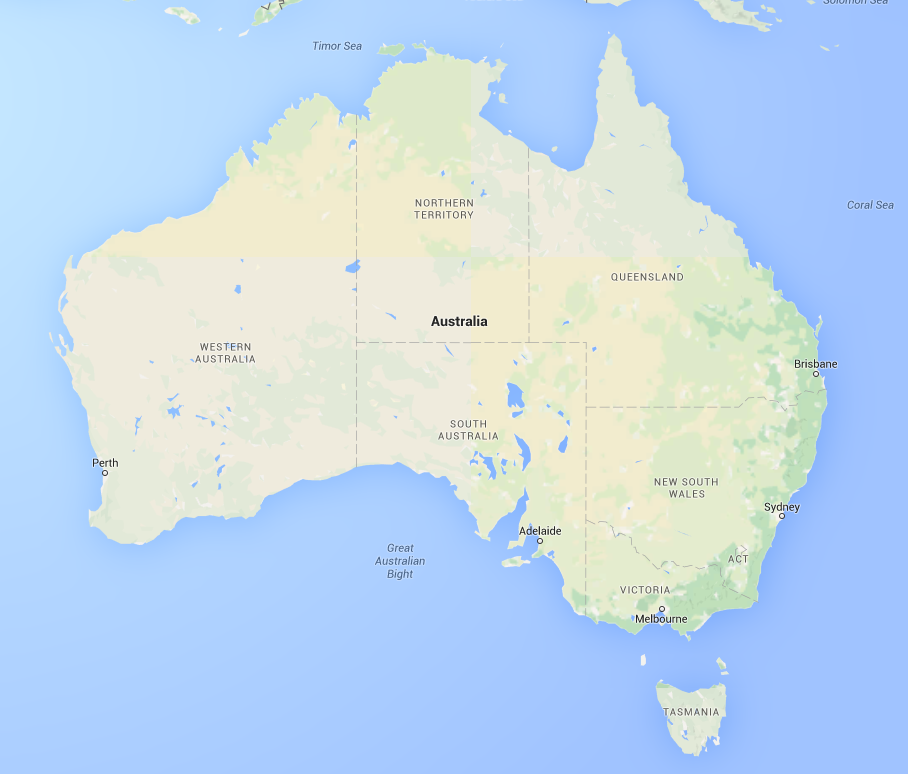
Australia is made up of eight states and territories; Australian Capital Territory (ACT), New South Wales (NSW), Northern Territory (NT), Queensland (QLD), South Australia (SA), Tasmania (TAS), Victoria (VIC) and Western Australia (WA).
It’s coastline covers almost 60,000 kilometres and is surrounded by the Arafura and Timor Seas to the north, the Coral and Tasman Seas of the South Pacific to the east, the Southern Ocean to the south, and the Indian Ocean to the west.
Exploring Australia means you will likely encounter a wide variety of landscapes. From its pristine beaches, densely populated cities, lush rainforest, rugged mountains and deep red outback; there aren’t many countries that offer such a richly eclectic landscape.
Weather
Because Australia is so big, the climate can vary depending on which part of the country you are in and what time of the year it is.
Australia is plagued with extreme weather with 40ºc + temperatures not uncommon in the depths of summers and lows of well below 0ºc in winter. Cyclones and flooding cause havoc up north while bushfires are sadly common in the dry south.
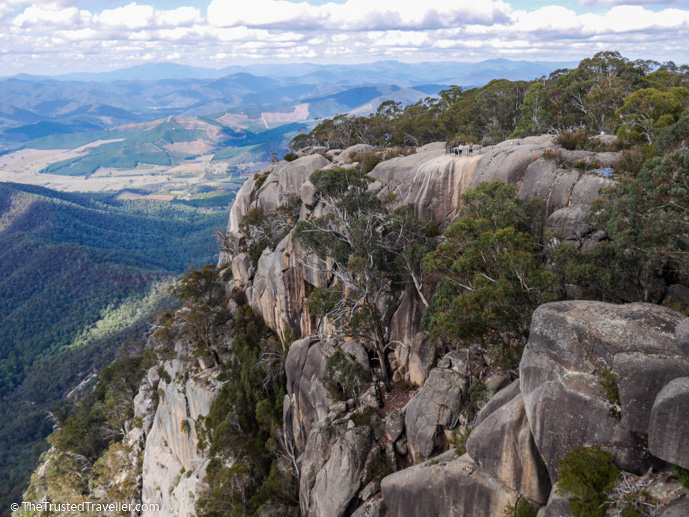
The country is split in two climatic zones: the tropical zone (the north above the Tropic of Capricorn) and the temperate zone (everything south of the Tropic of Capricorn). The tropical zone has two distinct seasons, ‘wet’ (summer) and ‘dry’ (winter), while the temperate zone has all four distinct seasons.
Best Time to Visit
Australia is really an all year-round destination purely because of it’s size.
Spring to summer (October to March) are the most popular times because the majority of the country is warm with hot days and mild nights. Head south for dry heat and try to avoid the tropical north from December to February as it is the wet season with lots of rain, storms and sticky humid conditions.
Autumn to winter (April to September) is a very pleasant time of year to explore the northern and central parts of Australia because of clear warm days and cool nights. You’ll find a little more rain in the south of the country but on average you’ll still get more sunshine. It does snow during the winter months but this is totally confined to the mountains in the south east of the country.
Money
It is always recommend to have a mixture of cash and bank/credit card with you when you travel anywhere in the world and this is no exception in Australia.
ATM’s are available in all cities and towns across the country and credit cards accepted widely too. The exception to this would be in some very small and remote outback towns where it is recommended to have plenty of cash on hand.
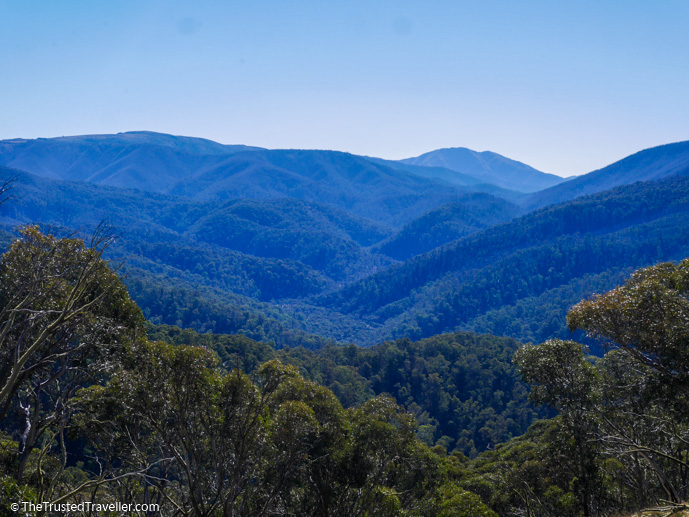
Getting There
A large number of major and budget airlines fly direct to capital cities such as Sydney, Melbourne and Brisbane from New Zealand, the Pacific Islands, Asia and parts of the US and the Middle East. If you are travelling from further afield, you’ll easily be able to find connecting flights through major hubs in Asia, the Middle East and west coast USA.
Remember, Australia a long way from most other parts of the world. It takes almost 20+ hours (with a short stopover) to get from the UK and Europe, and 14+ hours from the US. Asia is a little closer with Singapore and Bangkok about 8 hours away.
I use and recommend Expedia for researching and booking flights all around the world.
Getting Around
Australia is a big country. Bigger than most people actually realise. To give you an idea, if you were to drive from Sydney on the east coast to Perth on the west coast it would take you something like 40 hours without stopping. That is 4,000 kilometres! The same route by air would take you 4 hours.
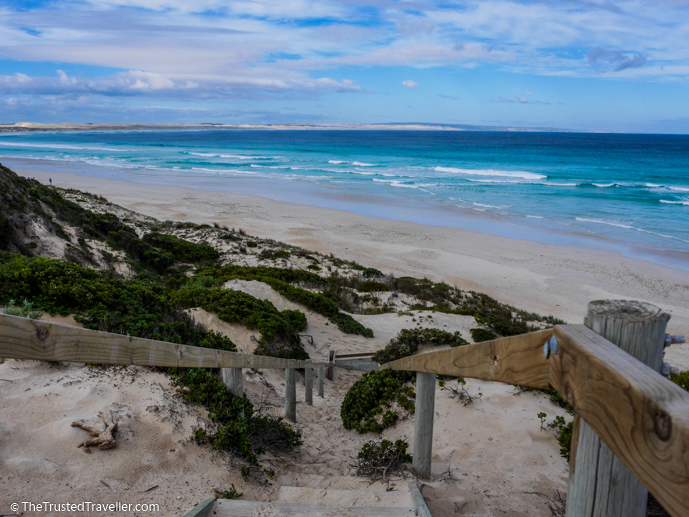
Flying
If you are wanting to cover as much of the country as possible in a short time then flying will be the most efficient method of getting around but it will likely cost you a bit too. While Australia does have budget airlines, they don’t offer the crazy low prices quite like other parts of the world so a bit of research and planning is required to do this on the cheap.
Australia’s major air carrier is Qantas who service every capital city and major rural hub. Catching up with Qantas on popularity is the once budget airline Virgin Australia. They fly between all capital cities and a few of the major hubs as well and offer pricing that is comparative to Qantas, sometimes a little cheaper.
Australia’s budget airlines are Jetstar (part of Qantas) and TigerAir. They both offer lower fares with a budget service, so no meals and you pay extra for carry-on luggage, extra leg-room and entertainment. If your flying regional then it will likely be with REX or one of the many other small regional airlines specific to each region.
I use and recommend Expedia for researching and booking flights all around the world.
Driving
If you have a bit more time to spare, Australia is a great country to explore slowly by road, whether it be in a car, van or caravan.
Australia has branches of all the worlds major car hire companies with pick up locations in airports, city centres and some regional centres. Most will offer vehicles in a range of sizes to suit your particular needs.
For longer stays it might be worth buying a used vehicle and then selling it when you leave. Cars, vans, caravans and campervans can all be purchased for as little as a few thousand dollars and sold a few months later to another traveller for about the same price ensuring you don’t really loose any money from it. Gumtree and hostel notice boards are good places to find and later sell, these vehicles.
I use and recommend Hertz for researching and booking car hire all around the world.
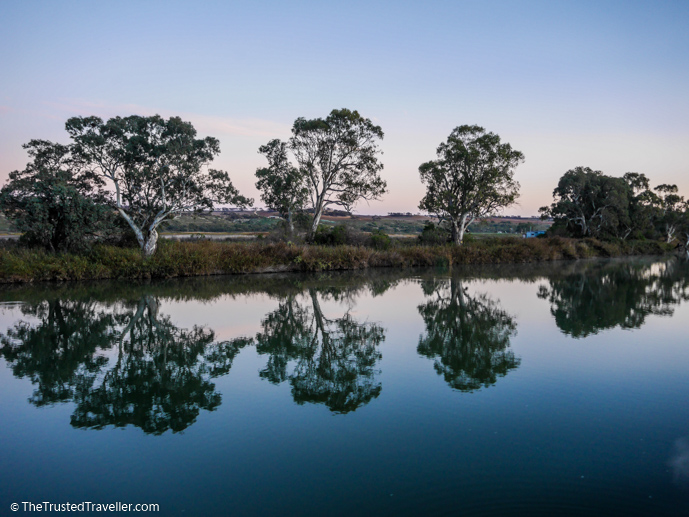
Bus
Greyhound have an extensive network of buses that cover major cities and tourist hubs the states of New South Wales, Victoria, Queensland, South Australia and Northern Territory.
In Western Australia there is TransWA which operates a network of road coaches throughout the state helping you get from Perth to some of the more remote areas of the state.
And in Tasmania Tassielink Transit operate the bus network offering regular route services across Tasmania that includes cities, regional areas and access to bushwalks.
I use and recommend BusBud when comparing and booking buses all around the world.
Rail
Australia hasn’t got any where near as good a rail system as regions like Europe and Asia however if you are a rail enthusiast then you will find two of the worlds most iconic rail journey’s running across the country.
The Ghan runs through the Red Centre from Adelaide to Darwin and The Indian Pacific from Adelaide to Perth. Both offer options for those on budget (still not as cheap as other forms of transport) to those looking for the ultimate in rail travel luxury. Each journey takes a few days to complete with short stops along the way.
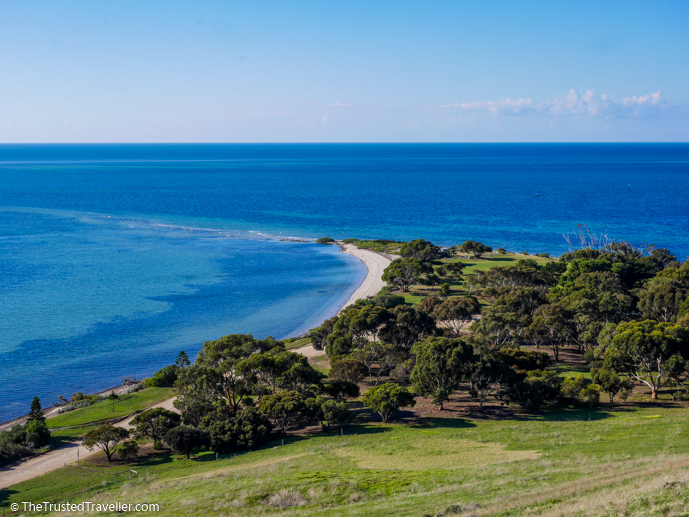
Where to Stay
Australia caters for everyone when it comes to accommodation. Here is a list of the types of accommodation you’ll find.
- Camping/Caravans/Cabins – Most National Parks have at least one bush campsite and every second or third town has a holiday park with campsites, caravans and cabins available. Free camping is also available in some areas.
- Hostels – Take your pick from the hundreds of private and chain hostels located in major cities and popular towns around the country. Accommodation in hostels ranges from multi-bed dorm rooms to private single, double and family rooms, with or without shared facilities.
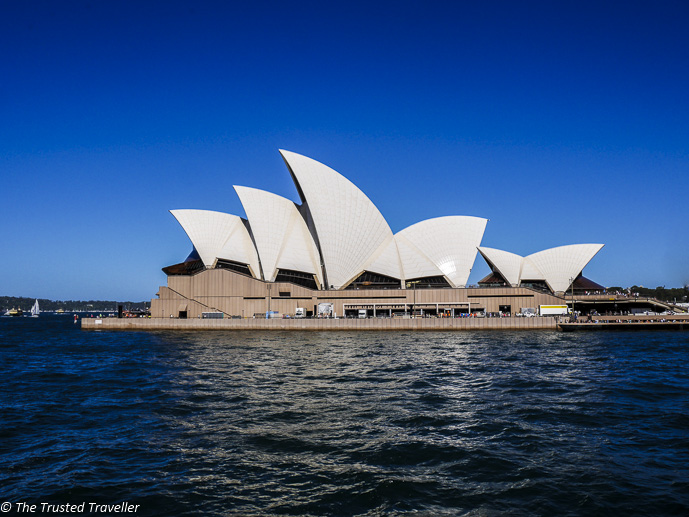
- Budget Motels/Hotels – This type of accommodation is quite popular in Australia and you’ll find at least one or two budget motels/hotels in just about ever town in the country. Most will be clean and functional with private facilities and basic amenities.
- Hotels/Apartments – Just about ever chain hotel brand in the world is represented in Australia’s capital cities and other major towns. The good thing about this type of accommodation is in most cases you know what you are going to get, a clean, comfortable and modern room with a decent array of facilities in the room and on the property. Apartments are great for longer stays as they allow you a bit more space and the option to self cater.
I use and recommend Booking.com for researching and booking hostel, motel, hotel, apartment and resort accommodation around the world, including Australia.
- Luxury Hotels & Resorts – Every capital city and popular tourist area in Australia has its share of 5 star properties, some of which have been named in top lists of accommodations around the world.
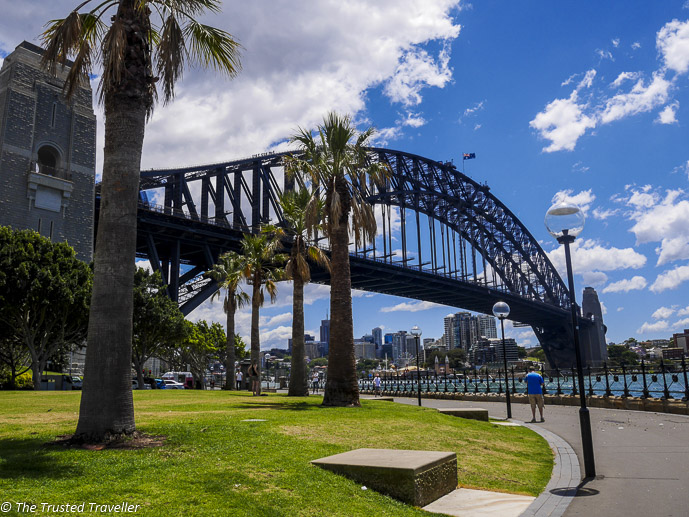
- B&B’s – Small family run style accommodation like B&B’s can be found all over the country in small towns and popular rural locations. Accommodation is simple yet comfortable and the experience usually comes with friendly hosts and a home cooked breakfast each morning.
Eating
Eating out in Australia can be expensive in comparison to some other regions of the world. There are ways around this, especially if you willing to stay in self catering accommodation and do some simple cooking from time to time. Eatability offers an excellent website for eating out in Australia. On it you’ll find venues listed by region, cuisine and price with reviews by past diners to help you choose one that suits you.
- Supermarkets – The two big supermarkets you will encounter in most places are Woolworths and Coles. They both offer competitive pricing and just about any grocery item you might be after. In smaller towns you may encounter an IGA which is similar but because of its smaller size you’ll find it a little more expensive. Aldi is a newer supermarket chain which is quickly catching up to the others because of its super cheap prices.
- Fast Food / Take-away – Chain fast food stores are in all major centres of the country and along highways as well. If your looking for a cheap and tasty fast food meal, skip the chains like Maccas (what us Aussies call McDonalds) and go for a local family owned hamburger or fish and chip shops instead. You’ll find at least one of this style of take-away store in every city and town of the country.
- Cafes – Cafes can vary greatly in price and quality depending on the city/town or area of a city/town. Meals range from simple sandwiches and salads to hot dishes made fresh or served from a food warmer. Cafes offer the chance to have a large hot meal at lunch time so in the night time you’ll only need a snack.
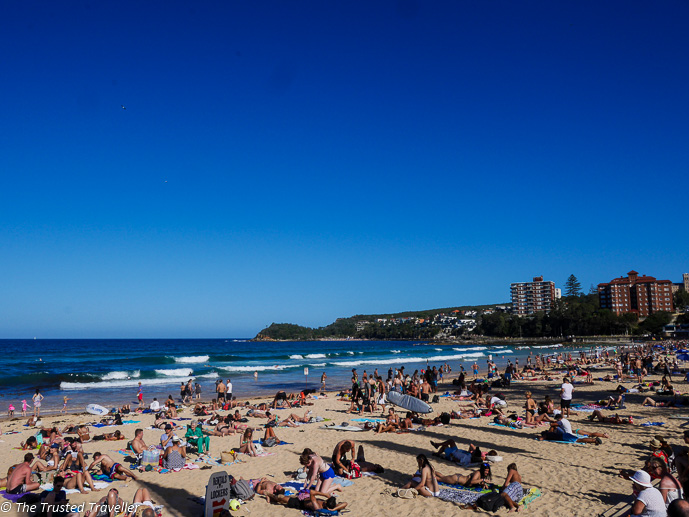
- Pubs – Every city or town in Australia has a decent pub. Some small towns with only a few hundred people in them might surprisingly have multiple pubs. Having a schooner, pot, pint or midi (measurements of beer) at the end of a hot day with a simple bistro style meal is just part of the Aussie way. Pubs can vary widely in price these days as a lot in the major cities have been converted to trendy venues serving food that can rival some four start restaurants. However in country towns the meals are cheap and usually made using local produce.
- Restaurants – Just about every cuisine in the world is represented in a restaurant or two in Australia which is one of the reason why I love it so much. Prices in restaurants can vary greatly depending on the location and quality of the food but there are some good cheap ones out there, you just need to dig a little deeper.
- Fine Dining – Australia has it’s fair share of the worlds best restaurants so if it is fine dining experiences you are after then you won’t be disappointed. Some of the worlds top chefs have been opening new venues in capital cities and sleepy country towns for the past few years giving locals and visitor a taste of the finer side of life.
Read More About Australia
Suggested Itineraries
Long Weekend Travel: 5 Easy Trips from Sydney
Exploring the Grand Pacific Drive
How to Spend a Day in Ben Boyd National Park
Two Week NSW South Coast Road Trip Itinerary
Two Week Sydney to Melbourne Road Trip Itinerary (The Coastal Route)
Port Macquarie Weekend Itinerary
3 Days in the Atherton Tablelands: The Perfect Self-Drive Itinerary
One Week Gippsland Victoria Itinerary
9 Best Day Trips from Melbourne
Three Day Great Ocean Road Itinerary
Things to Do
Things to Do in the Southern Highlands
35 Free Things to Do in Sydney
Things to Do in Eurobodalla on the NSW South Coast
Things to Do on the NSW Sapphire Coast
Things to Do in Kiama and Surrounds
Things to Do in the NSW Snowy Mountains
Things to Do in Port Macquarie
15 Things to Do in Coffs Harbour (and surrounds)
Things to Do on Kangaroo Island
Things to Do in Gippsland Victoria
25 Free Things to Do in Melbourne
The Best Annual Events in Melbourne
Things to Do in Victoria’s High Country
Things to See on the Great Ocean Road
Where to Stay
Hotel Review: Rydges World Square Sydney
Hotel Review: Fairmont Resort Blue Mountains
Hostel Review: Sydney Harbour YHA
The Best Self-Contained NSW South Coast Accommodaiton
Where to Stay in Port Macquarie
Where to Stay on the Great Ocean Road
Tours & Attractions
7 Stunning Lookouts in Australia’s Blue Mountains
Visiting Scenic World in Australia’s Blue Mountains
Visiting the Illawarra Fly Treetop Walk
Finding Peace in Sydney’s Chinese Garden of Friendship
The Sydney Tower Eye Skywalk Experience
Best Things to See Around Sydney Harbour
7 Eurobodalla Culinary Delights That Should Not Be Missed
A Magical Oyster Tour on the NSW South Coast
How to Climb Mt Kosciuszko (outside of winter)
Our Luxury Murray River Cruise Aboard the PS Murray Princess
Our Top 4 Kangaroo Island Wildlife Experiences
7 Things You Can Expect on a PS Murray Princess Cruise
What to See & Do in Flinders Chase National Park, Kangaroo Island
A Tour of the Buchan Caves in Gippsland Victoria
Getting Around Guides
How to Get to Kangaroo Island (plus the best ways to get around)

What a treasure trove of information your blog is! Wow. I am not sure when I’ll be able to get to Australia, but I know that when I finally do, I’ll be using your advice a LOT! 🙂 I’ve been wanting to see this continent ever since I read a book about Australia as a teen, and that was quite a while ago. But it’s always been too far and too expensive to visit. Some day I will, though…
Thanks Jolanta. Really appreciate your feedback. I do hope you get a chance to visit Australia sometime soon and when you do make sure you let me know!
Hi Jen, do you having any info. on Tasmania.
We are planning a trip to Tasmania in Sept/Oct 2017.
Hi Mag, Tassie is still on my list of places to visit someday so no sorry, right now I can’t offer you any advice. I hope you enjoy your trip there!